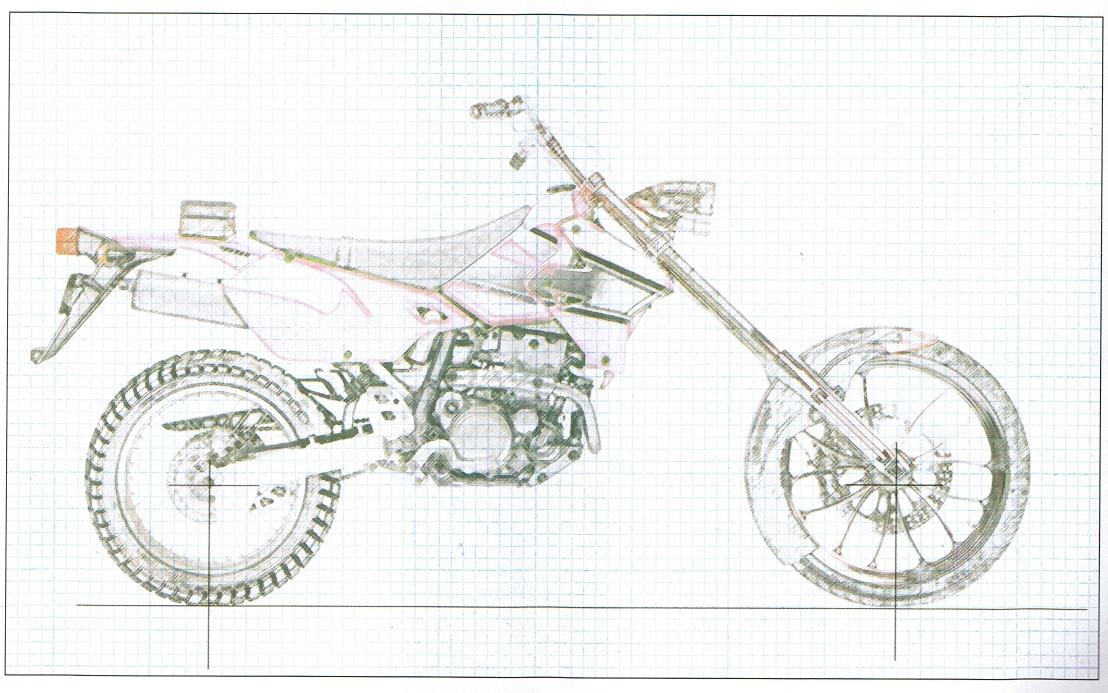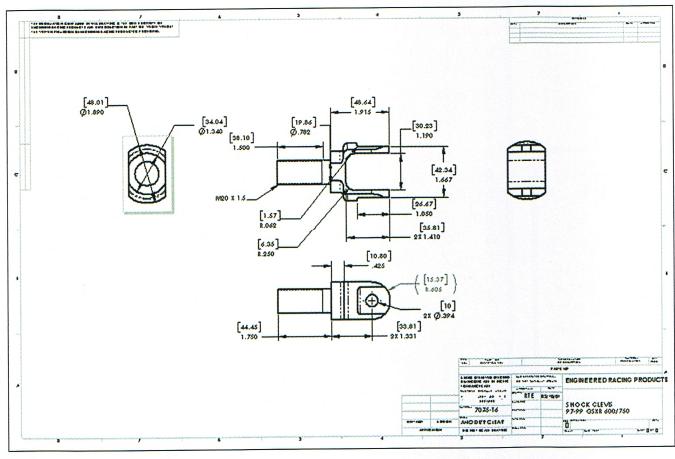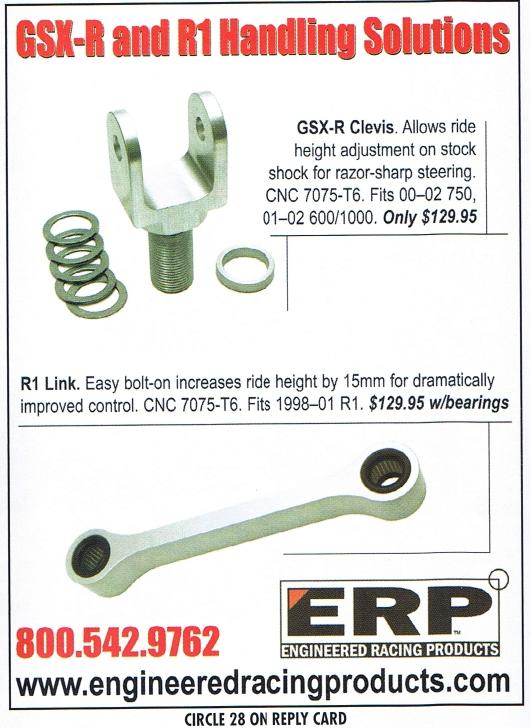

By Ray Engelhardt
Understanding Engineers
Communicate to meet your customer's needs.
If I had a dollar for every time I heard the statement, What the @&%# was the engineer thinking when he ..." I could buy a small island in the Caribbean.
While it is true that many engineers have limited "hands on" skills and live in a textbook world, the truly colossal blunders are caused by the group dynamics in large corporations which resemble a large dysfunctional family. The problem starts with large groups of professionals that have limited social interaction and a complete lack of understanding and respect for the other groups' roles in the product development cycle. This leads to a destructive us-versusthem atmosphere.
The marketing department is primarily concerned with market share and price points, production personnel are concerned with economical production and simple assembly, and purchasing is primarily concerned with component cost. The engineer must not only create the best design possible but also balance these conflicting requirements.
Coupled with this tribal environment is the fact that engineers fundamentally think and communicate differentially. We live in a very black and white world with hard specifications and physical laws of nature. This is in direct contrast to the business world, which has many shades of gray. As a result engineers rarely ascend to decision-making positions.
You have likely experienced this in your shop, you ask for a particular product to be stocked and another is ordered. You are sure a certain product should be displayed on a showroom motorcycle, but it is not. You may feel your opinions are not valued, and you are not alone.
Even Honda, one of the best high-quality manufacturers in the world, has suffered from this. For example, in 1984 VF750 camshafts began to fail in large numbers. After a great deal of research and a few wrong conclusions, the cause was traced to the cam bearing towers' manufacturing method.
Instead of boring the assembly as a unit the heads and cam covers were machined on different machines. The manufacturing tolerance or variation using this method was too great, and as a result, many motorcycles had bearing problems.
We will never know what happened inside Honda, but I am willing to wager the root cause was a breakdown in communication between two or more departments.
The powersports industry is not alone, as illustrated in some examples from my career as a design engineer.
While working on the water fountains in the front of the Bellagio
Hotel in Las Vegas, I was developing a shield to allow a submerged
nozzle to be fired while maintaining a desired 
"shot" shape. All my tests on the initial design concept were failures, and I believed the problems could not be solved with the allotted time and budget. I prepared a presentation to convince the company owner to develop another concept, but at the meeting my newly hired boss, who had never seen the prototype much less a test, convinced the owner that it could be done with his superior presentation skills. Against my objections, I was ordered not only to proceed but also to cease all activity on alternate designs.
The result of this choice was $200,000 in useless parts not including the cost of installation, field rework, and removal of the faulty design-all in plain sight of the client. A design based on my original recommendations was ultimately used. To my superior's credit, no blame was ever placed on me regarding the disaster.
During my stint with a large domestic manufacturer of CNC vertical machining centers, the lead engineer on a project was almost never invited to the design reviews. Sometimes fundamental changes would be made without any engineering review.
On one occasion I was testing a new drive system that would nearly double the speed of an entry-level milling machine. Much to my dismay, the thermal growth of the drive system caused huge position errors on my prototype machine compared to the production machine.After some investigation I found that the oiling system had been changed to a less costly design without any testing. The production machine had the older proven design while my prototype was equipped with the cheaper version that did not deliver the correct amount of oil.
When the old oiling system was installed along with a new drive system the milling machine worked as expected and only a few machines had to be retrofitted in the field.

In these cases very intelligent and educated individuals made poor choices because of pride and/or poor communication. In many cases the individuals at the bottom likely knew the idea was flawed, but in the large corporate structure did not have the authority or communication skills to change the course of the project.
Powersports retailers are not alone in poor interdepartmental communication. In fact, I feel that large manufacturing corporations are far worse off than smaller firms. The important thing is that you maintain effective two-way communication and leave your ego at home. In the end, you will be more effective at meeting your customers' needs.
Ray Engelhardt is president of Engineered Racing Products Inc. (800/542-9762), an engineering consulting firm and suspension component manufacturer. E-mail your comments and engineering questions to ray@engineeredracingproducts.com


